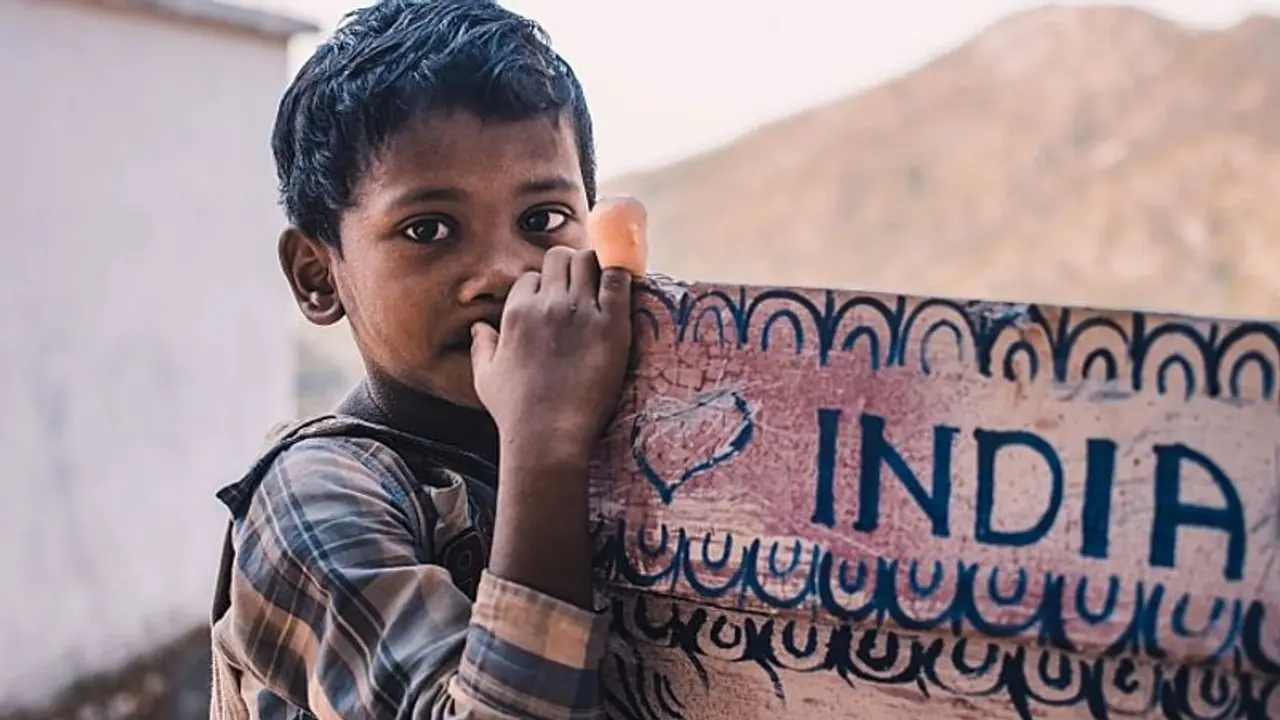Factsheets released on Wednesday showed key indicators on family welfare, nutrition, reproductive and child health, and others for India and 14 states and Union Territories that were clubbed under Phase-II of the 2019-21 National Family Health Survey
India's fertility level is down to its lowest ever, Union Health Minister Mansukh Mandaviya said while releasing the findings of the National Family Health Survey 2021 on Wednesday. The data from the NFHS, which seeks to provide reliable and comparable data related to health and family welfare and other emerging issues, shows how the fertility rate remained the lowest in Chandigarh at 1.4 while the rate is the highest in Uttar Pradesh (2.4).

Factsheets released on Wednesday showed key indicators on family welfare, nutrition, reproductive and child health, and others for India and 14 states and Union Territories that were clubbed under Phase-II of the 2019-21 National Family Health Survey. Let us take a look at some of the other findings in the NFHS-5 factsheets:
* Child nutrition indicators show slight improvement across. While stunting has come down from 38 per cent to 36 per cent, wasting has dipped to 19 per cent from 21 per cent.
* Overall use of contraceptives has increased substantially from 54 per cent to 67 per cent across India. In almost all states and Union Territories, an increase has been witnessed in the use of modern methods of contraceptives.
* There has been a substantial improvement of 14 percentage points recorded across India in the full immunization drive among children aged 12-23 months (62 per cent to 76 per cent). Eleven out of 14 states and Union Territories have over three-fourth of children aged 12-23 months with full immunization. The highest rate of immunization (90 per cent) was reported in Odisha.
* Institutional births have gone up majorly from 79 per cent to 89 per cent across India. In Tamil Nadu and Puducherry, institutional delivery is 100 per cent
* Women's empowerment indicators portray considerable improvement at an all-India level and across all the phase-II States/UTs.
* The proportion of women operating bank accounts has gone up from 53 per cent to 79 per cent across India. In Madhya Pradesh, for instance, 75 per cent of women operate bank accounts compared to 37 per cent earlier. Over 70 per cent of women in every state and UTs in the second phase have operational bank accounts.
* More than half the children and women (including pregnant women) across India are anaemic despite a substantial increase in the composition of iron-folic acid tablets by pregnant women for 180 days or more.
Also Read
Revealed: China and Pakistan's new conspiracy in India's backyard
Behind the mystery of Kerala's rising Covid-19 deaths; data reveals the truth
